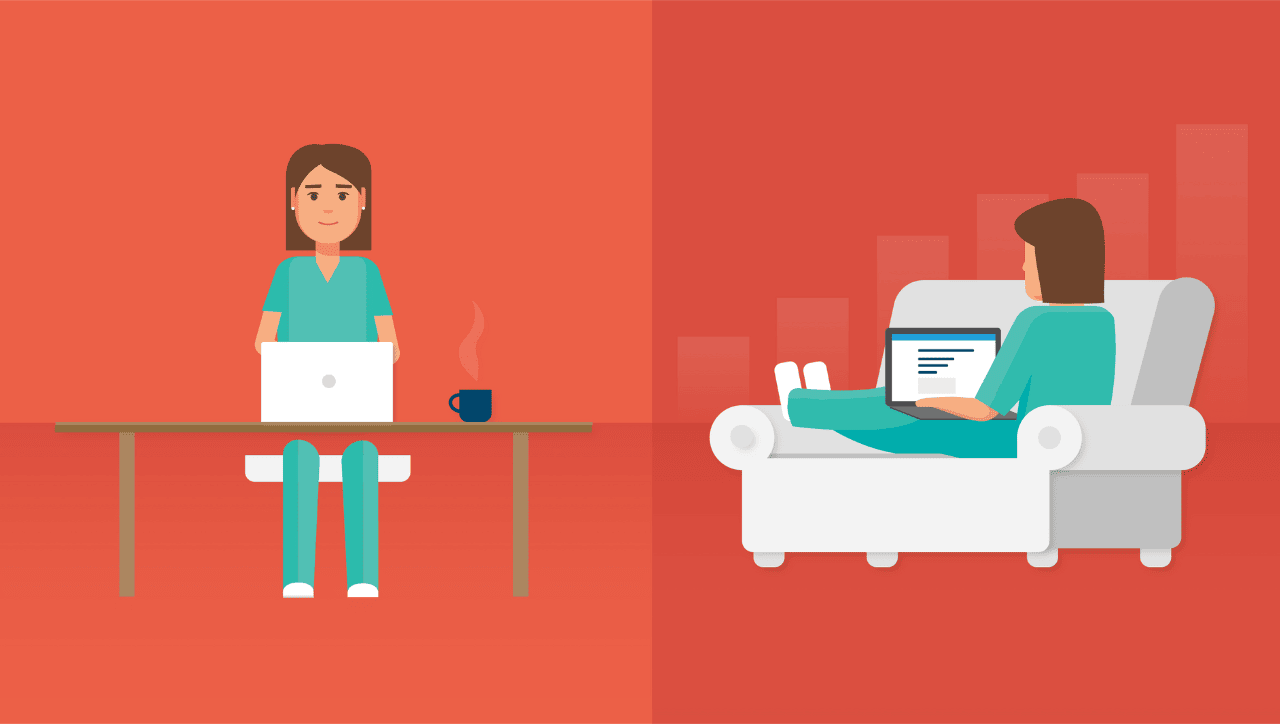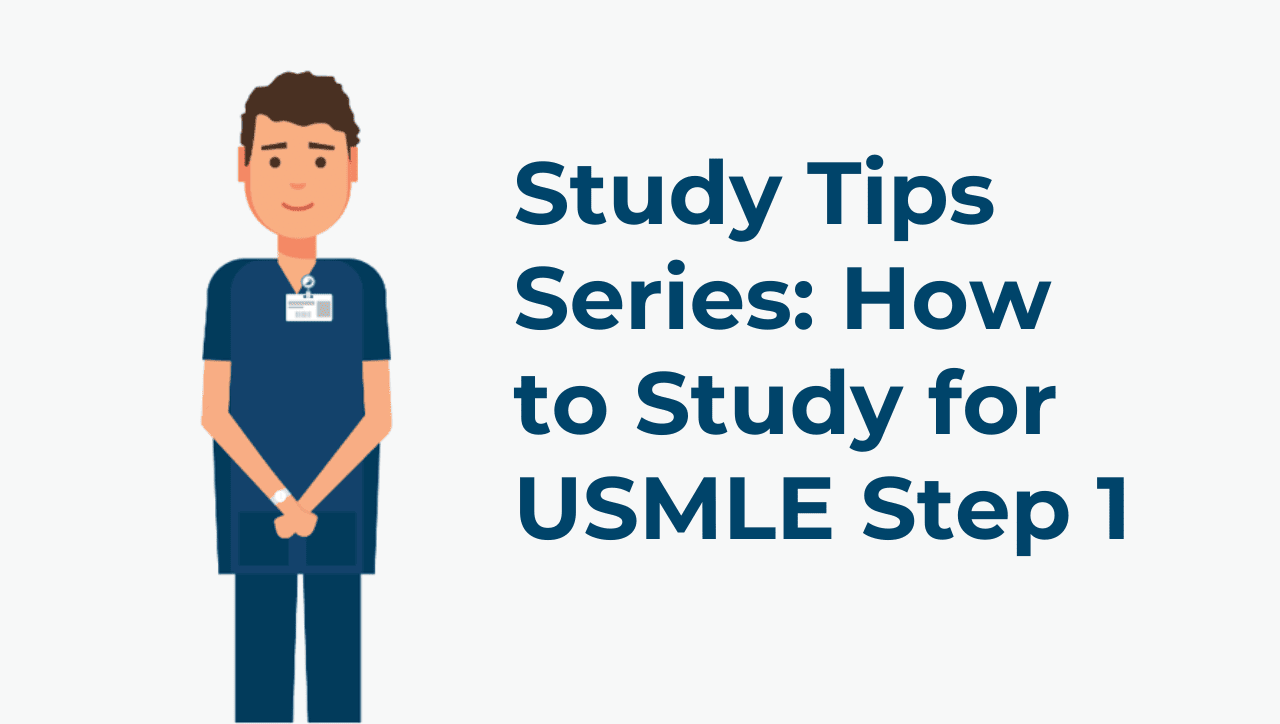How to Prepare for the USMLE Step 1 Exam
As you close out your second year of medical school, there’s no doubt there’s one thing on your mind – how to prepare yourself for USMLE Step 1. Sponsored by the NBME, Step 1 is generally the final exam that you need to take in order to enter into clinical medicine. Odds are you’ve already started, whether you recognize it or not. Preparation for USMLE exams starts at the beginning of medical school so that same drive to perform well throughout your medical education sets you up for success in passing the USMLE.
While your acceptance into a residency will also depend on clinical evaluations, letters of recommendation, basic science grades, and a Dean’s Letter, passing the Step 1 exam has a huge influence.
Step 1: Get to Know the Exam
As of January 25, 2022, USMLE Step 1 is now reported as pass/fail. It consists of up to 280 multiple choice questions. Questions topics vary from body systems, disciplines, and physician tasks and competencies. In order to plan your studies, you need to know what to expect from the exam.
Get to know the exam content so you know where to direct your studies. For example, pathology makes up anywhere from 44-52 percent of discipline specific questions. Questions are designed to assess your ability to apply knowledge, not just recall facts. Expect questions which require interpreting lab results, histology reports, imaging scans, etc. It’s also important to become familiar with the testing software before the day of your exam.
Step 2: Create a Study Schedule and Choose Your Resources
Creating a study schedule will ensure you are using your time efficiently. Your schedule should cover all topics on the exam. Allocate more time for subjects that you may be struggling with.
As we mentioned before, the foundation for success on the USMLE Step 1 exam is to attend class and absorb as much relevant information as possible. From there, you want to supplement your learning and challenge yourself.
Don’t overwhelm yourself with too many resources. Instead, focus on quality over quantity. Here are some of the resources we recommend:
- A quality USMLE Step 1 question bank
- An audiovisual mnemonic program, like Picmonic
- A good review book like First Aid for USMLE Step 1
- Digital flashcards like Anki Flashcards
Step 3: Explore Different Approaches to Studying
It’s important to study in a variety of ways. By this time in your medical school career, you probably know your learning style so pick the different methods that work for you. Some methods we recommend are:
- Active recall – This refers to the process of deliberately triggering your memory in order to retrieve a specific piece of information. Do this by completing practice questions on the information you are studying. You’ll want to start taking practice questions about six months before your exam date. During the first two months of this period you should aim to take about 25 questions in a single sitting, three times per week. As each month passes, you should ramp up this effort so you are taking between 50-100 per day in the weeks leading up to the exam.
- Study groups – Schedule study group sessions in advance and write them in your planner to keep yourself and your peers accountable. Study groups are a great way to prepare for USMLE because you get exposed to other people’s knowledge, perspectives, and a variety of learning styles. A good strategy is to have everyone come prepared with a few practice questions that they wrote themselves to share with the group. After everyone completes the questions the group can discuss the answers and share their thoughts.
- Concept maps and outlines – Use these to make connections between different concepts and help you form a clear clinical picture. You may be inclined to do this digitally, but we suggest writing it on paper. Writing on actual paper produces stronger memory recall. A study from 2021 revealed that participants that used paper showed more brain activity in the hippocampus, an area of the brain that plays a major role in learning and memory.
Remember to Take Care of Yourself
Spending so much time studying is both mentally and physically exhausting. Therefore, self-care during this period is crucial to your wellbeing. Ensure you are getting enough sleep; at least 7 hours per night. Create time for preparing and eating healthy food to fuel your brain. Meals with healthy proteins, unsaturated fats, and complex carbs are recommended. It’s easy to get so involved with your studies that you spend all your time indoors. Try to avoid this and get outside for fresh air and sunlight daily. Sitting all day can be detrimental to our bodies, so be sure to engage in physical activities and workouts to get your endorphins flowing.
Looking For A Question Bank For USMLE Step 1?
The TrueLearn platform is integrated with smart data, tracking your performance over time. This allows you to review question types you are commonly missing, shows you where you stand in comparison to the nation in real-time, and even provides your projected score on your upcoming exam based on the practice questions you take.
Test your best with TrueLearn. Sign up today to begin studying smarter for your upcoming USMLE Step 1 exam.


